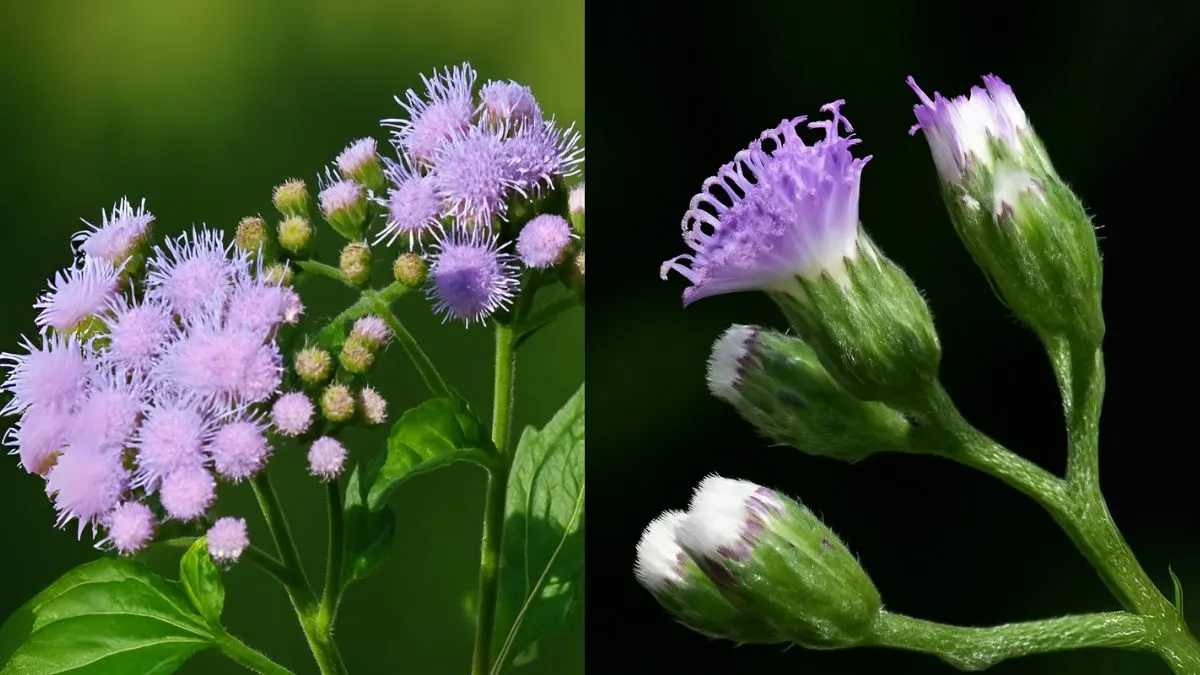Plants do more than just beautify our surroundings—they influence energy, mood, and even destiny. Among such special plants is the Sahadevi plant, scientifically called Vernonia cinerea. This humble herb, also known as Purple Fleabane, holds a sacred space in Ayurveda and Vastu Shastra. It is believed to enhance the flow of positive energy according to Vastu principles, while also offering medicinal uses that improve health.
When I first placed a Sahadevi plant in my balcony, I noticed not just greener surroundings but also a refreshing sense of calm. It truly lived up to its reputation of bringing good luck, positive energy, and prosperity.
What is the Sahadevi Plant?

The Sahadevi plant (Vernonia cinerea) is a herb mentioned in the Ayurvedic pharmacopeia. Traditionally used to treat ailments like fevers, cough, and digestive issues, it is equally admired for its role in Vastu and Feng Shui.
Gardeners and spiritual healers across the USA, Canada, and other countries are now exploring Sahadevi not just as a medicinal herb but as a spiritual enhancer. Its lilac-purple blooms add beauty, while its energy-balancing qualities make it a favorite among Vastu enthusiasts.
Vastu Benefits of Sahadevi
- Enhancing Positive Vibrations
Sahadevi is often used in Vastu to enhance positive vibration in homes and workplaces. Its presence helps balance the five elements of nature, thereby creating harmony.
- Directional Placement
According to Vastu, place it in the northeast or east direction of your home or garden. Doing so is said to bring good luck, prosperity, and positive energy, particularly when placed in the northeast or east direction.
- Energy Harmonization
This small herb can harmonize energy and enhance positivity in your home. Whether in a pot indoors or outdoors in your garden, it silently works to improve overall energy flow.
Also Read: Grow the Exotic Desert Rose: More Than Just a Pretty Flower
Ayurvedic and Medicinal Uses
The Sahadevi plant is not just spiritual; it’s therapeutic. In Ayurveda, it is used to detoxify the body and treat skin disorders, urinary infections, and respiratory problems.
Here’s a quick table of its uses:
Use |
Benefit |
Detoxification |
Cleanses the body of toxins |
Respiratory Health |
Helps with cough and asthma |
Skin Care |
Heals rashes and minor wounds |
Digestive Aid |
Relieves stomach discomfort |
For me, growing Sahadevi in a small pot near my kitchen has been both convenient and inspiring—I often pluck fresh leaves to brew herbal tea when I feel under the weather.
How to Care for the Sahadevi Plant
- Light & Placement: Sahadevi thrives in bright, indirect sunlight. Indoors, place it near a window where it gets 4–6 hours of light daily. Outdoors, partial shade works best.
- Soil: The plant prefers sandy or loamy soil with good drainage. You can buy a sack of organic potting soil and mix it with garden soil to ensure healthy growth.
- Watering: Keep the soil moderately moist. Avoid waterlogging, as it can damage roots.
- Maintenance: Trim dead leaves occasionally and re-pot when the plant grows bushy. It doesn’t require heavy fertilizers—simple composting is enough.
Also Read: The Secret Behind Rajnigandha Fragrance: How to Grow It at Home
Sahadevi for Feng Shui and Global Appeal
What’s interesting is that the Sahadevi plant is perfect for Ayurvedic, Vastu, and Feng Shui applications. In Feng Shui, too, plants that enhance Vastu positivity are believed to promote career success, peaceful relationships, and good health.
No wonder it’s becoming popular in Canada, the USA, and other Western countries, where urban gardeners want greenery that blends spirituality and practicality.
Personal Experience
When I first introduced Sahadevi to my garden, I placed it in the east direction as per Vastu. Over the months, I noticed not just healthier plants around it but also a subtle improvement in the calmness of my living space. Whether it was coincidence or Vastu energy, the difference was unmistakable.
If you’re looking to enhance the flow of positive energy according to Vastu principles, add Sahadevi to your garden or home. With simple care, this small plant will reward you with harmony, beauty, and wellness.






